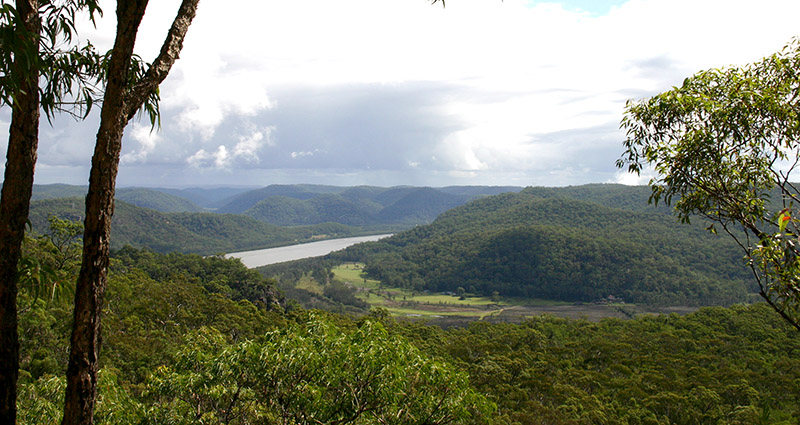What are the benefits to residents and the environment of the proposed On-Site Sewage Management System Policy?
Council would be seeking to educate system owners during the inspection program. The education provided by Council would assist you in understanding the appropriate operation and maintenance required for your individual system. Improvements to how you operate and maintain your on-site sewage management system can assist in ensuring its longevity and save you money on unnecessary repairs.
A combination of poor system operation and management and a lack of awareness of the impacts of defective systems can result in on-site sewage management system failure. These failures have the potential to affect public health, the local economy and our natural environment. In this regard, it is essential system owners and residents are aware and directly responsible for the use of their wastewater systems and understand the potential impact on public health and the environment.
Appropriate system operation minimises the potential for the following adverse impacts:
- Spread of disease by bacteria, viruses, parasites and other organisms in wastewater.
- Surface water and groundwater contamination.
- Pollution of waterways, which may result in the contamination of oyster harvesting and other commercial business operations.
- Degradation of soil and vegetation.
- Decreased community amenity caused by odours, noise and insects.
Contamination from faecal bacteria in waterways creates a direct risk to public health, particularly in freshwater creeks where bacteria persist for longer in the environment. Bacterial contamination also poses a direct risk to public health in estuarine areas used for recreational swimming and commercial oyster growing.
Elevated nutrient concentrations, particularly nitrogen and phosphorus, as well as increased bacteria levels are evident in waterways associated with communities that rely on on-site sewage management systems. Although nutrients are essential for the growth of aquatic plants and phytoplankton that sustain ecosystems, elevated nutrient levels can also encourage the growth of weed species and cause an increase in microalgal productivity causing algal blooms.
As detailed in the Hornsby Shire Council Waterway Health Review (1995-2017), problematic algal blooms continue to occur in the estuarine areas of the lower Hawkesbury River, and of note, Berowra Creek, impacting on the use of waterways for fishing, swimming and other recreational pursuits.
Approval from the NSW Food Authority for oyster farmers to undertake direct harvest from the Hawkesbury River without the need for depuration relies on the effective operation of on-site sewage management systems.
The application of this program would provide significant support for the 15 active oyster businesses currently operating in the Hawkesbury, given the industry annually produces more than 60,000 dozen oysters for human consumption.
Further, the establishment of an effective approval, inspection, monitoring and community education program, would assist Council in delivering key outcomes identified in Council’s Water Sensitive Hornsby and Biodiversity Conservation Management Plan. The Policy would enable a strong focus on water management and support safe communities and healthy, clean rivers and creeks whilst delivering a holistic approach to water management in meeting the challenges of population growth.






